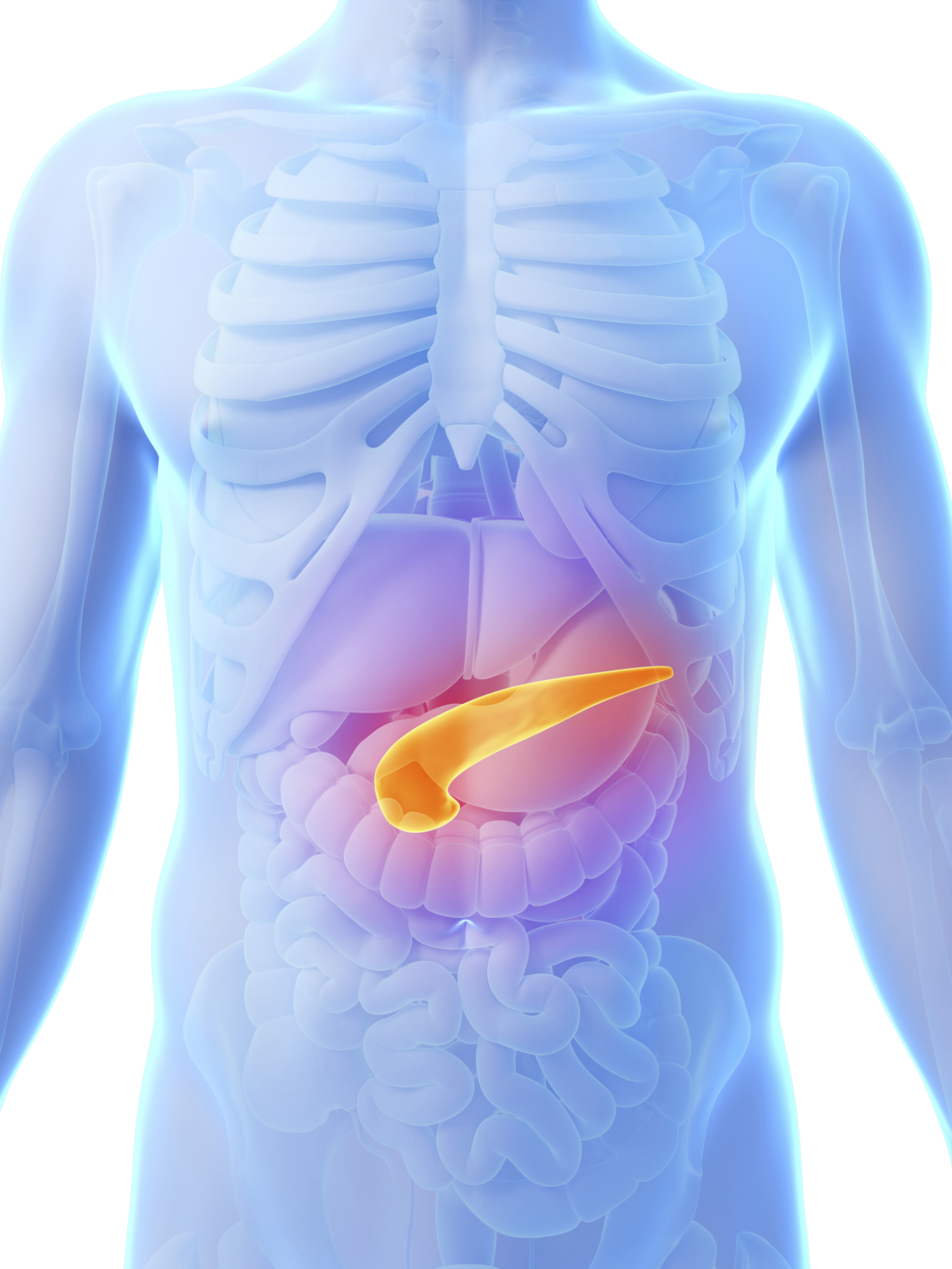A New Switch Hitter for Type 1 Diabetes Discovered
Pancreatic cells are more adaptable and possess a greater potential for self-healing than previously assumed
For decades, the prevailing wisdom was that beta cells could not regenerate and that their loss in type 1 diabetes (T1D) was irreversible—the reason why people with T1D require insulin injections for life. JDRF-funded research is helping rewrite the textbook on beta cell biology with groundbreaking research over the past decade and along the way helped create the new field of beta cell regeneration.
Four years ago, Pedro Herrera, Ph.D. a professor at the University of Geneva, demonstrated for the first time that glucagon-producing alpha cells in the pancreas of diabetic mice can spontaneously change into beta cells—a major breakthrough in our understanding of how beta cells are made and maintained. His JDRF-funded results showed that some alpha cells can respond to a lack of insulin by switching from producing glucagon to producing insulin in the absence of an autoimmune attack.
Dr. Herrera’s team has now shown that cells in the pancreas exhibit even more adaptability than previously believed. In a new publication in the scientific journal Nature, Dr. Herrera and his colleagues describe a previously unknown mechanism that allows young mice to compensate for the loss of insulin-producing beta cells by spontaneously reprogramming delta cells to become insulin-producing beta cells. Delta cells normally produce the hormone somatostatin that helps regulate the production of insulin and glucagon. These observations might be translatable to people with T1D given other evidence of human cell transformations.
“The new mechanism shows that the pancreas is much more plastic and – at least during childhood – possesses a much greater potential for self-healing than we had previously assumed,” says Dr. Herrera. “There is still a long way to go before people might be able to benefit from these findings, but the discovery that delta cells have a high degree of plasticity highlights a potential new option for therapeutic intervention.”
This study was supported as part of JDRF’s beta cell regeneration efforts within the restoration research program; the goal of which is to restore the body’s beta cell function and halt the autoimmune attack – in short, the biological cure for T1D. For more information or to support JDRF’s restoration research program, please click here.
The Human Pancreas Contains Alpha, Beta, and Delta Cells
